On May 17, Norwegians celebrate Constitution Day. What events does this holiday commemorate? What happened to Norwegian independence? What happened at the Eidsvoll estate? Read all about it in our latest article.
Special thanks
The article uses photos from the blog KierunekNorwegia.pl. We thank the blog's author for allowing us to use them in the article.
Two weeks after the Polish Constitution Day on May 3rd, Norwegians celebrate their own Constitution Day. It's a loud and joyful celebration. It is the most important holiday in Norway.
 On May 17th, the streets of Norwegian cities are full of national flags (photo: Sylwia Smółkowska / KierunekNorwegia.pl)
On May 17th, the streets of Norwegian cities are full of national flags (photo: Sylwia Smółkowska / KierunekNorwegia.pl)
Before we move on to the celebrations, let's get the facts straight. What exactly happened on May 17th and what happened to Norwegian independence? It turns out that it's not that simple.
What happened on May 17th
Fact #1 - On May 17, 1814, after six weeks of discussion, the 112 members of the Constituent Assembly completed work on the Norwegian constitution.
Fact #2 - Under this constitution, Christian Frederick became King of Norway.
Fact #3 - Norway did not become a fully independent state at that time. Well, maybe for a short while. It had to wait another 91 years for full independence.

First page of the Norwegian Constitution of 1814
From prosperity to dependence on Denmark
To understand the significance of these facts, we need to go back in time a bit and learn about Norway's fascinating history.
The 13th century was a time of great prosperity for the Norwegian economy, but it was also the beginning of the end of the country's independence. Trade flourished, new territories were conquered, and laws were codified. It seemed that the proud descendants of the Vikings would soon become a superpower.
This did not happen for several reasons. Gradually, control of trade was taken over by the powerful Hanseatic League. In 1349, the "Black Death" (an epidemic of plague) reached Norway, killing almost two-thirds of the population within a year. Later plagues reduced the population by half by the end of the 14th century.
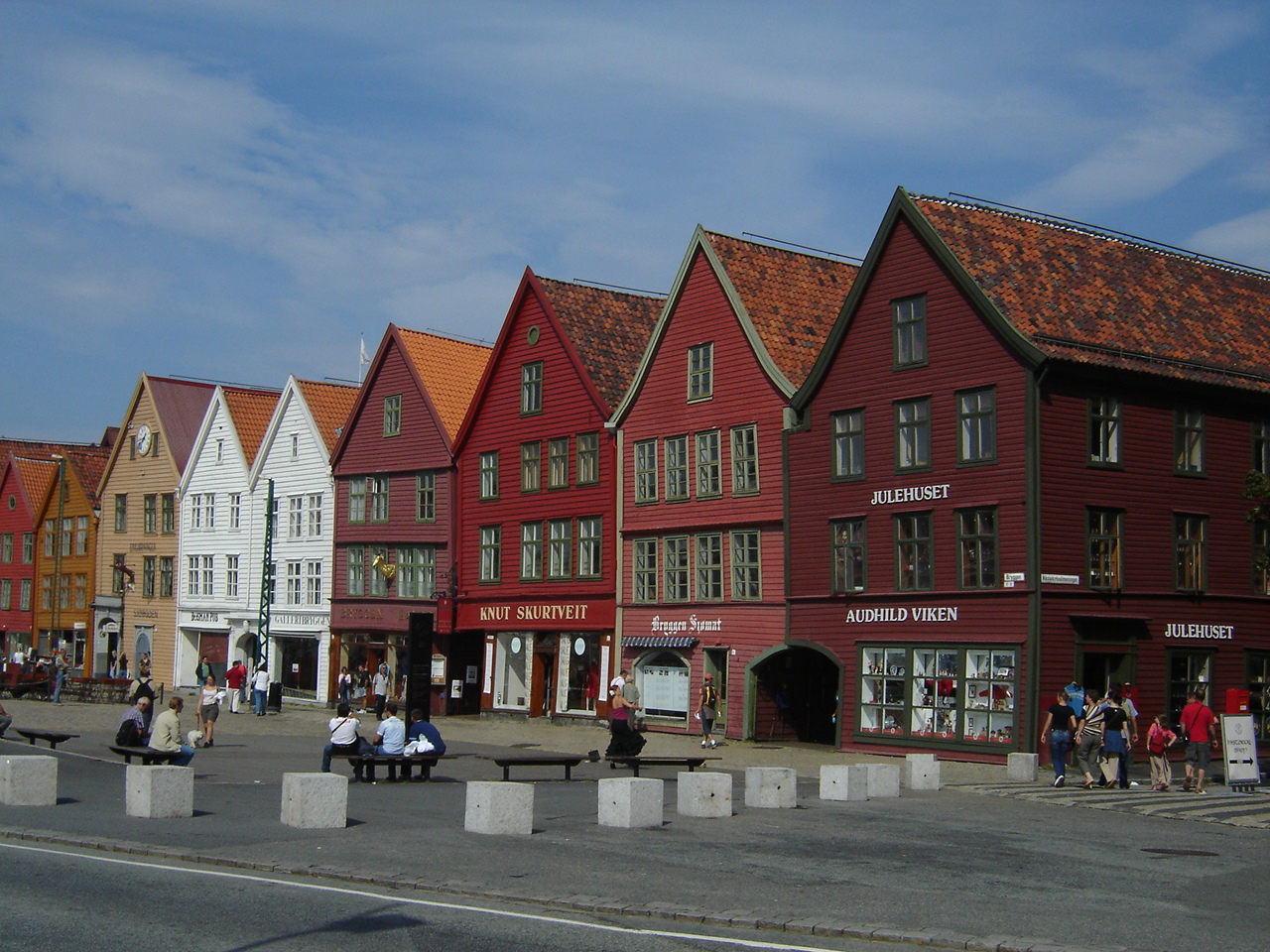
Bryggen is a row of Hanseatic trading buildings in Bergen, Norway. The buildings have been on the UNESCO World Heritage List since 1979 (photo: Tomasz Halszka)
Norway was becoming increasingly weak. In 1380, the Danish and Norwegian thrones were inherited by one ruler - Olaf Haakonsson. The two countries were united in a personal union. In 1397, Danish Queen Margaret I created the Kalmar Union. Under her rule, Denmark, Norway and Sweden were then united. The latter country eventually managed to leave the union. Norway did not have such bargaining power and in 1536 - by decision of the Danish King Christian III Oldenburg - it became a Danish province.
As a result, Norway was completely dependent on Denmark for several hundred years. The country was ruled by officials of Danish or German origin. Christian III introduced Lutheranism, and in 1660 absolutism was proclaimed in the Danish-Norwegian state.
Denmark also waged wars with Sweden. It did not always win, so Norway had to cede several provinces to its Swedish neighbors.
Alliance with Napoleon
This situation lasted until the Napoleonic Wars (the beginning of the 19th century). Denmark sided with France in this conflict. Thus, it became an enemy of, among others, Great Britain and Sweden.
In 1807, Denmark joined the British continental blockade, which was ordered by Napoleon Bonaparte. The British economy did not collapse, which cannot be said for the Danish economy. The blockade brought crisis and hunger. The Royal Navy made it difficult to export and import food.
As if that wasn't enough, in 1808 Norway was invaded by Sweden. It is true that the Swedes did not manage to win this clash, but in the end the Swedes were still on top.
In October 1813, Napoleon fought the largest battle of his campaigns - at Leipzig. It was also his greatest defeat. The combined forces of Austria, Prussia, Russia and Sweden defeated the French emperor's troops, which also included about 15,000 Poles from the Duchy of Warsaw. Denmark was also among the losers.
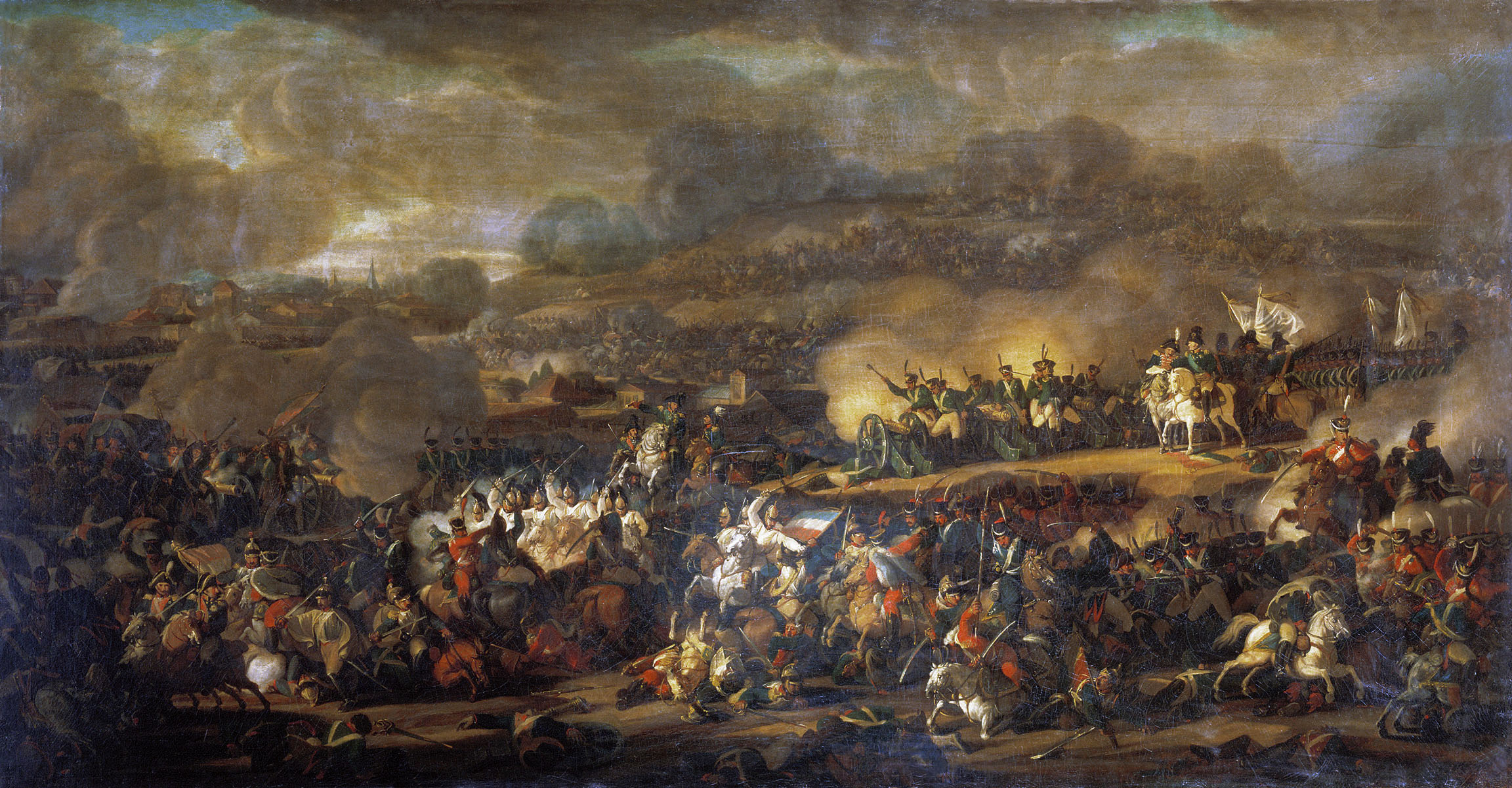 Painting of the Battle of Leipzig by Vladimir Moskov
Painting of the Battle of Leipzig by Vladimir Moskov
Independence twists and turns
This brings us to the year 1814, a year marked by a series of twists and turns that would rival even the most intricate plots crafted by Martin Scorsese or Christopher Nolan. On January 14th, Denmark and Sweden signed a peace treaty in Kiel. As part of the agreement, Danish King Frederick VI ceded Norway to King Charles XIV of Sweden.
This decision met with fierce resistance from the Norwegian people, who resented being treated as mere pawns in the political games of their rulers. Additionally, a faction within the Danish elite also supported Norway's independence aspirations. These combined factors ignited an uprising, with newly appointed Norwegian viceroy, Danish Prince Christian Frederick, at the helm.
While Christian Frederick's motives remain a subject of debate – whether he genuinely sought Norwegian independence or aimed to reunite Norway with Denmark – his leadership in the independence movement was undeniable.
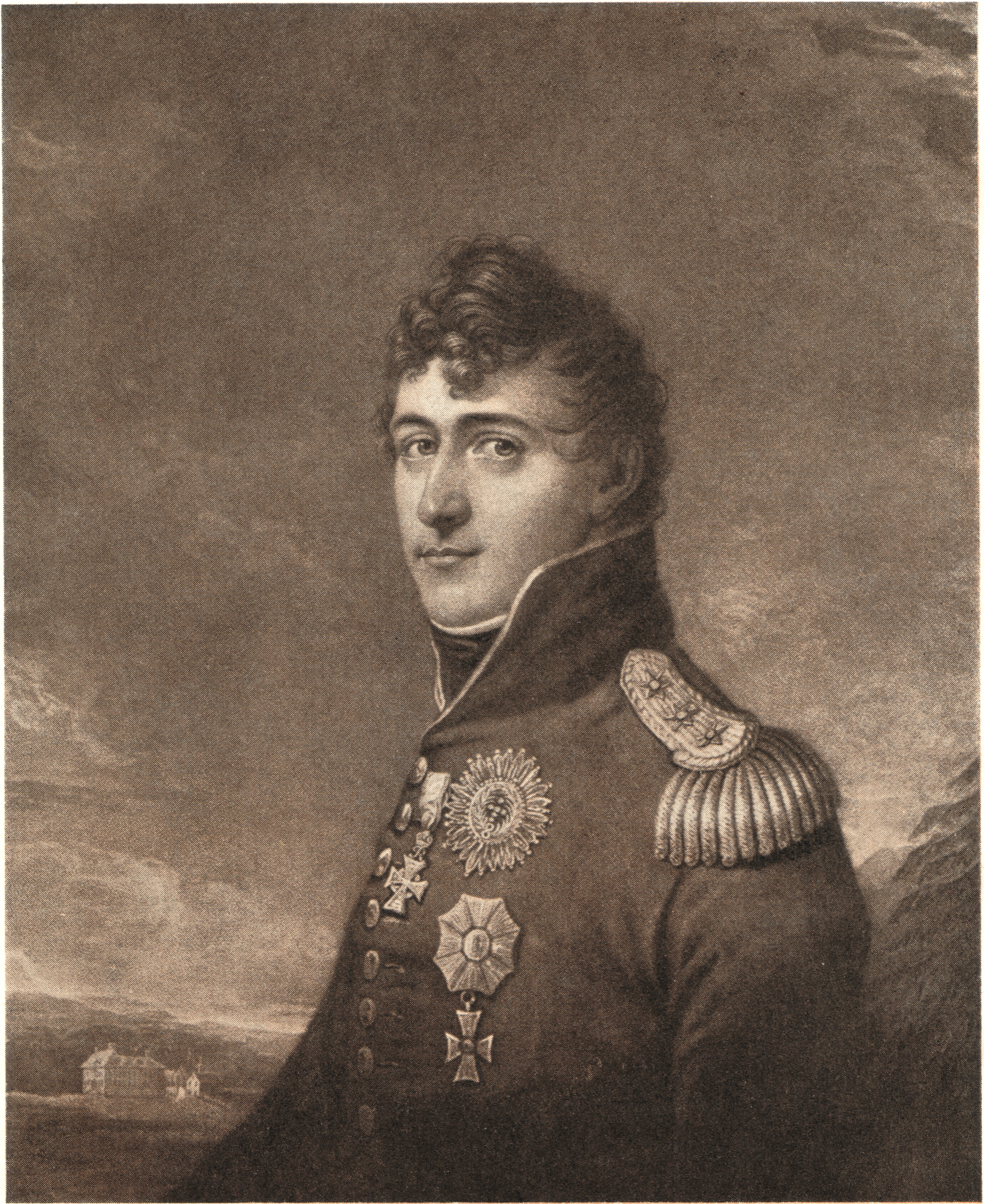 Prince Christian Frederick in 1814
Prince Christian Frederick in 1814
The Eidsvoll Constitution
In response to this movement, the National Assembly convened at Eidsvoll Manor, north of present-day Oslo, in April and May 1814. On May 17th, they adopted the Constitution of the Kingdom of Norway, establishing a hereditary parliamentary monarchy and proclaiming Christian Frederick, the aforementioned prince, as the new nation's king.
The constitution, remarkably progressive for its time, drew inspiration from American, French, Swedish, and British models. It established a separation of powers and a system of checks and balances. While the king retained significant authority, legislative power resided in the parliament, known as the Storting. However, due to gender, age, and property restrictions, only about 5% of the population had voting rights.
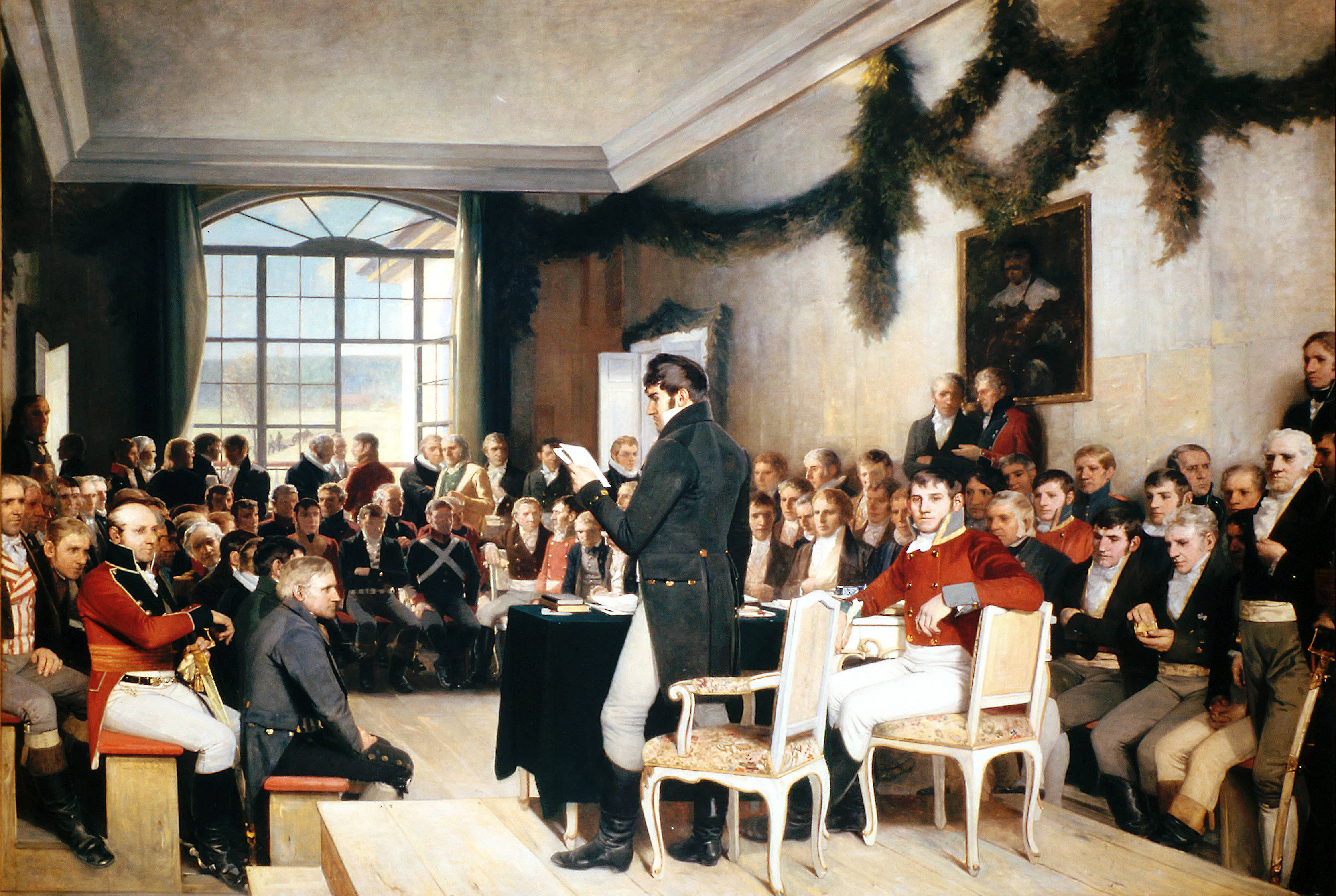 The National Assembly in Eidsvoll in 1814 - a painting by Oscar Arnold Wergeland
The National Assembly in Eidsvoll in 1814 - a painting by Oscar Arnold Wergeland
A partial victory
Despite the adoption of the constitution, the path to full Norwegian independence was far from smooth. The Swedes, determined to assert their dominance, launched an invasion of Norway in June 1814. Despite being outnumbered, outgunned, and outtrained, the Norwegian forces managed to secure some victories. However, recognizing their inability to sustain a prolonged conflict, the Norwegians reluctantly agreed to Swedish peace proposals.
On August 14th, the Convention of Moss was signed, stipulating that King Christian Frederick would abdicate the throne and Norway would enter into a personal union with Sweden. Events moved swiftly thereafter. Christian Frederick, still King of Norway, convened an extraordinary parliament to amend the constitution to accommodate the new arrangement. The parliament met in Christiania (present-day Oslo) on October 7, 1814, and the amendments were passed on November 4th, 1814. That same day, King Charles XIII of Sweden was elected King of Norway, formalizing the personal union.
While the personal union marked a partial victory for Norway, it did preserve the nation's formal independence. Norway and Sweden shared a monarch and foreign policy, but Norway retained its own constitution, parliament, and government appointed by the king.
The Eidsvoll Constitution, with its progressive principles, has remained in effect to this day, albeit with modifications over the years. These modifications have included restricting the monarch's powers and expanding voting rights.
The personal union between Sweden and Norway persisted until 1905. Upon its dissolution, Danish Prince Charles ascended to the Norwegian throne, taking the name Haakon VII. Since then, Norway has been a fully independent nation.
The anthem's premiere: a symbol of national pride
Another notable event associated with May 17th occurred in 1864. On that day, a 24-member male choir performed the song "Ja, vi elsker dette Landet" ("Yes, We Love This Country") for the first time in public at Eidsvoll. This song, now Norway's national anthem, had its premiere on the 50th anniversary of the constitution's adoption.
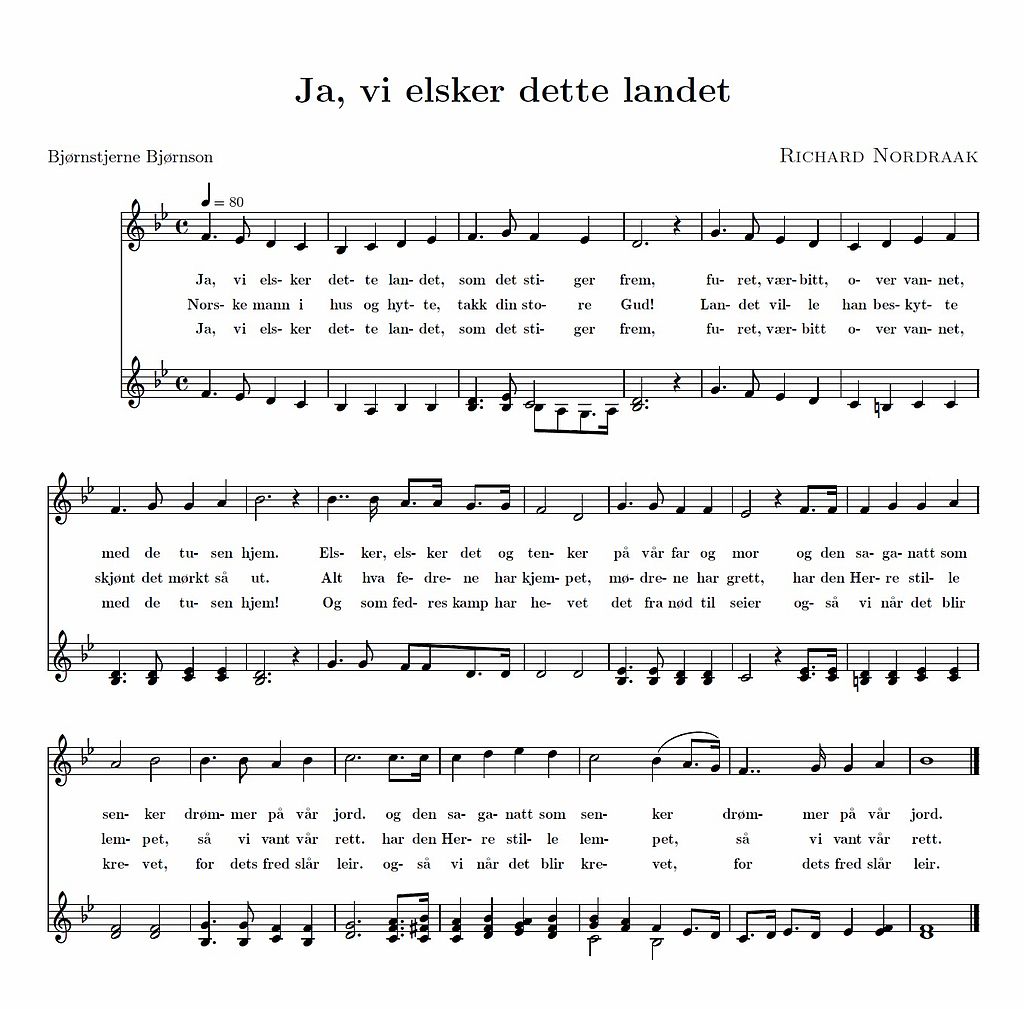
Musical score of the Norwegian national anthem: The music was composed by Rikard Nordraak, and the lyrics were written by Bjørnstjerne Bjørnson.
Norway's most boisterous celebration
Sylwia, on her blog KierunekNorwegia.pl, provides a glimpse into these festivities in her blog post. We highly recommend reading the entire article, but here's a brief excerpt to whet your appetite:
"May 17th in Norway is the country's biggest and most boisterous celebration. Cities, villages, and streets – the entire nation is adorned with thousands of flags on this day. The festivities go on from dawn till dusk, from the south of the country to the far north. It's an extraordinary day in Norway, and if I had to choose just one day to be in this country, it would definitely be the beautifully celebrated May 17th" - writes the author.
If you're looking for an unforgettable experience, consider visiting Norway during May 17th celebrations. Immerse yourself in the vibrant atmosphere, witness the colorful parades, and savor the traditional Norwegian cuisine. You won't be disappointed!
To our Norwegian friends, we say "Gratulerer med dagen!", which is the most popular greeting in Norway on May 17th. We wish you all the best on this special day of celebration.
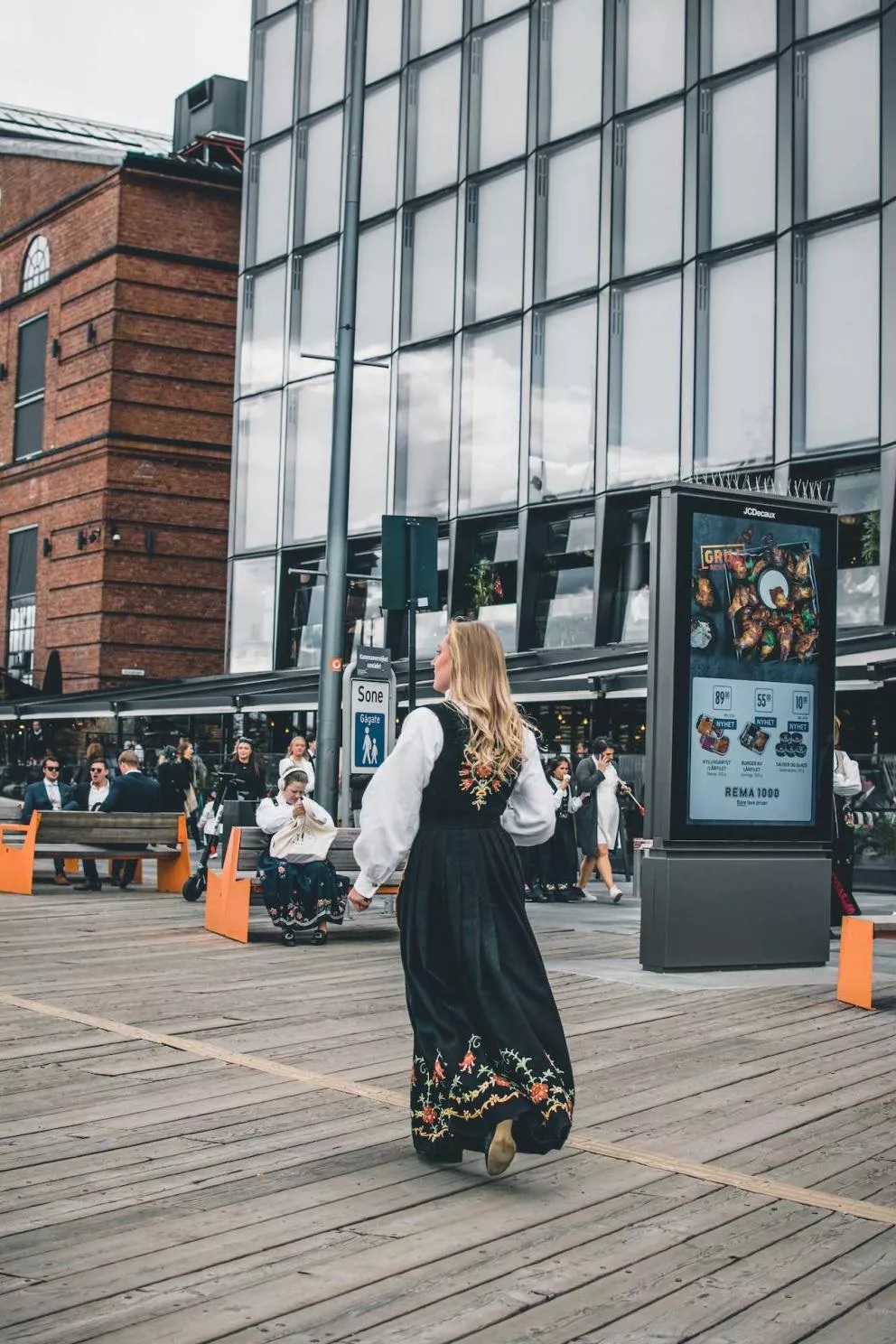
Norwegian woman in traditional bunad during Constitution Day (photo: Sylwia Smółkowska / KierunekNorwegia.pl)
About the article
The article was written by Paweł Nowak (Communication and Promotion Unit, Department of Assistance Programmes, Ministry of Development Funds and Regional Policy).
The text includes information and photos from the following sources:
- KierunekNorwegia.pl blog,
- PWN Encyclopedia,
- several articles in Polish and English on Wikipedia.

